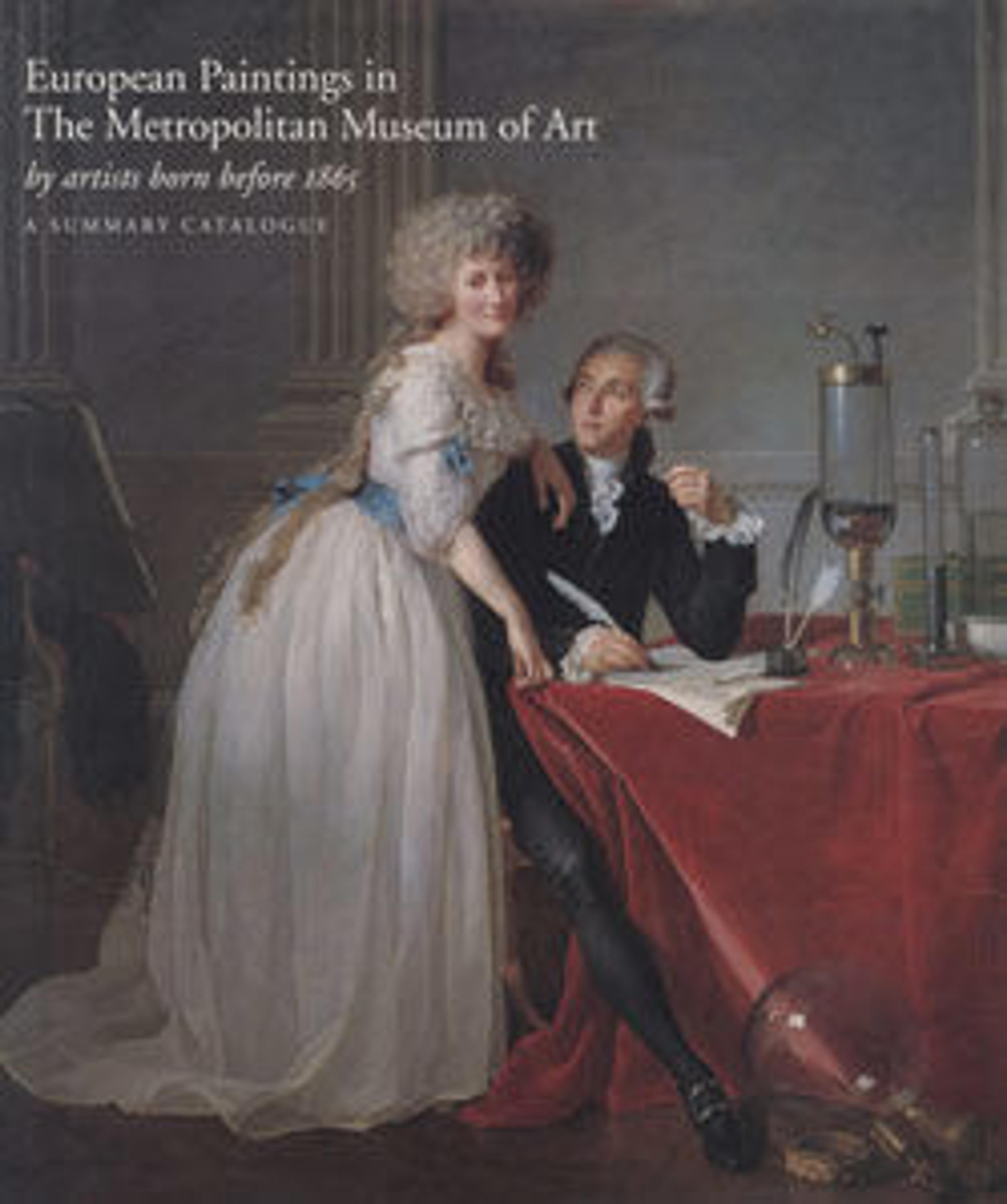Nude with Flowering Branch
This is the first Courbet nude acquired by the Americans Louisine (1855–1929) and H. O. Havemeyer (1847–1907), who amassed one of the largest and most representative private collections of the artist’s works. The couple purchased the painting in 1892, despite H. O. Havemeyer’s initial disapproval and their mutual agreement to forego buying nudes. Louisine Havemeyer considered it "one of the loveliest pictures I have ever seen," and her husband was soon won over by the work. The branch held by the woman is often identified as that of a cherry tree.
Artwork Details
- Title: Nude with Flowering Branch
- Artist: Gustave Courbet (French, Ornans 1819–1877 La Tour-de-Peilz)
- Date: 1863
- Medium: Oil on canvas
- Dimensions: 29 1/2 x 24 in. (74.9 x 61 cm)
- Classification: Paintings
- Credit Line: H. O. Havemeyer Collection, Bequest of Mrs. H. O. Havemeyer, 1929
- Object Number: 29.100.60
- Curatorial Department: European Paintings
More Artwork
Research Resources
The Met provides unparalleled resources for research and welcomes an international community of students and scholars. The Met's Open Access API is where creators and researchers can connect to the The Met collection. Open Access data and public domain images are available for unrestricted commercial and noncommercial use without permission or fee.
To request images under copyright and other restrictions, please use this Image Request form.
Feedback
We continue to research and examine historical and cultural context for objects in The Met collection. If you have comments or questions about this object record, please complete and submit this form. The Museum looks forward to receiving your comments.
